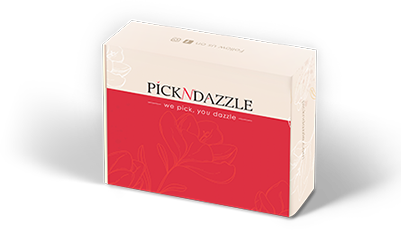Our experts states that more and more people are asking how to protect themselves from the sun and which is the right product, consistent with the specifics of their skin. Dermatologists say that their patients increasingly follow their pigment formations and come for an examination for expert opinion. We've put together their tips and answers to frequently asked questions to help you choose the right products.
Are baby products the best?
Sunscreen should also be age-appropriate. However, there are still mothers who use sunscreens and milks as for their children. This is not right because children's photo protection is different from that for adults. The children's one contains mineral filters, and the adult ones have chemical and organic screens - the better solution for this skin. Mineral filters are more gentle and are used in pathologically damaged adults and children's skin, because it has less developed defense mechanisms - it is thinner and insufficiently pigmented.
How to apply the product correctly?
The amount of sunscreen to be applied is 2 grams per square centimeter and this is equal to the amount applied to the length of the index finger. For the whole skin in an adult we will need approximately 25-35 grams per application, and for a child - about 20 grams.
What is the difference between the different forms of sunscreen products - sprays, lotions, creams?
The only difference is in the consistency of the product itself. The strength of sunscreen is not determined by whether a cream, gel, lotion or spray is used. The SPF 30 cream protects equally with the SPF 30 lotion. The choice depends on the clinical need, the skin phototype and the duration of sun exposure.
What to do if we still want to have a nice chocolate tan?
Tanning is actually a reaction of the skin, which appears as protection against the so-called sunburn. Skin cells, called melanocytes, are activated by sunlight and produce more melanin, which moves to the surface of the skin, causing so-called blackening. To get a tan, start with a higher factor and then gradually reduce the factor. You can also use photoprotectors that accelerate the formation of tan or oils and lotions that improve the complexion and also contain golden particles that enhance the effect of radiant skin.
The sunscreen is applied not only on the beach, but also in urban conditions.
The effect of UV rays also depends on the Earth's surface, where they fall. Grass gives approximately 3% reverse radiation, sand - 20%, water - 25%, and snow - 80%. Consideration when choosing a protection factor is the season, the time spent outside, the condition of the skin, the conduct of procedures (laser, peeling, etc.) and the intake of drugs, some of which increase the impact of UV rays.
Should we apply a face cream with SPF every day, every season?
It has been scientifically proven that 80% of facial aging is caused by excessive sun exposure. Photo-damaged skin also leads to skin aging with the appearance of spots, wrinkles, dryness, telangiectasia. So, if you spend a lot of time outside - the answer is yes!
When 2 + 1 = 2
Keep in mind that layering products containing sunscreen does not increase the sunscreen. You will only be protected with the highest SPF you have applied. For example, if you apply sunscreen with SPF 30 and then foundation with SPF 15, you will not get SPF 45 protection, but only 30.
How often should we apply sunscreen?
Apply the first layer for the day at least 15 minutes before sun exposure. Then, if you are outside, apply the cream every 2 hours and after going into the water. Keep in mind that SPF 15 blocks 93% of UVB rays, SPF 30 - 97%, and SPF 50 - 98%, but this is true provided that you apply the required amount of about 2 mg / cm2. Most people do not wear enough product, usually about 1/3 and accordingly receive 1/3 protection.

What factor to choose?
Sunburn Protection Factor is a way to measure the extent to which a sunscreen protects the skin from UVB UV rays. If your skin usually burns after 10 minutes in the sun, applying a sunscreen with a factor of 15 (SPF 15) will allow you to stay in the sun without burning for approximately 150 minutes (your usual sun exposure is extended 15 times).
Thus, although you do not double the degree of protection, sunscreens with a factor of 30 will block half of the radiation that sunscreens with a factor of 15 would pass into your skin.
The sun is also health
We can't do without the sun - it's a mood, a life. When the sun is not there, we are gloomier. Without the sun, we cannot synthesize the much-needed vitamin D, through which we absorb calcium - important for good bone structure and immunity.




